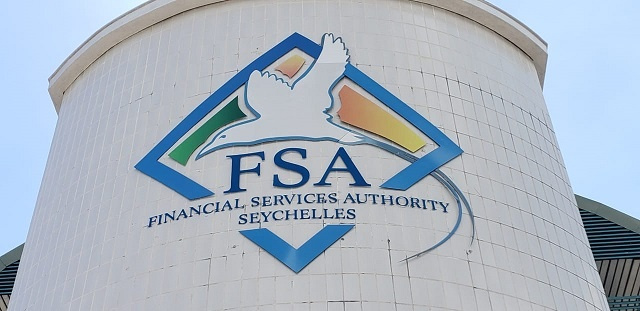Seychelles’ Controlled Fiscal Expansion
Seychelles leans on targeted income support while FX holds near USDSCR=X 14–15 and global duration (^TNX) plus EM credit risk (EMB) set the external backdrop; sustainability hinges on reserves ≥4 months and CPI at 2–4% through 2026 amid CL=F volatility.

Seychelles’ 2025 budget signals controlled fiscal expansion through targeted income measures while preserving macro anchors. The package lifts public pay, the minimum wage, and pensions, channeling consolidation gains into household cashflow without committing to multi-year capex.
Debt closed 2024 at roughly 61% of GDP, down sharply from the pandemic peak, and the authorities retain a medium-term target below 50% by 2030. Monetary conditions are neutral; the Monetary Policy Rate has been steady at 1.75% in 2025, headline CPI has hovered around 0.5–0.6% year on year, and the rupee has traded in a tight USDSCR=X 14–15 range. This mix allows a modest pro-growth tilt without undermining credibility.
The budget’s mechanics are precise and reversible. Public employees below the SCR 21,368 threshold receive a 7% baseline increase, while higher earners get a fixed SCR 1,500 adjustment. The minimum wage uplift and pension indexation restore real income that eroded during the post-pandemic normalization. In a small open economy where import leakages dilute multipliers, the calibrated transfer still supports services demand linked to tourism and domestic logistics. Assuming a fiscal impulse of about 0.3% of GDP, household consumption should add 0.3–0.5 percentage points to real growth in 2025, provided inflation remains within the 1–3% corridor and the exchange rate holds its nominal anchor.
External balances define the constraint. Visitor arrivals recovered through 2024–2025, but the current account widened back toward a deficit as imports normalized and energy costs stayed sticky. Gross reserves cover roughly 4–4.1 months of imports—adequate but not ample for an economy exposed to fuel and food price shocks. The fiscal design therefore emphasizes recurrent, pause-able transfers over hard-to-reverse capex. If oil rises and CL=F sustains above recent averages, the trade bill would widen, the rupee could soften inside the band, and pass-through would lift CPI, forcing quicker fiscal tapering and potential liquidity tightening by the central bank.
Labour-market frictions justify the income tilt. Formal employment remains below 50,000, constrained by skills gaps and pay dispersion between administration, tourism, and logistics. A higher wage floor reduces dispersion, supports retention, and lowers turnover costs that have suppressed productivity in private services. Pension adjustments add low-beta deposits, preserving the domestic bid for government paper and reducing crowding-out risk. With no deep local duration curve to transmit risk re-pricing, market monitoring centers on FX stability, reserve adequacy, and the primary balance. Frontier proxies—EMB for hard-currency sovereign spreads, ^TNX for global duration—frame external financial conditions that will influence risk appetite toward small-island credits.
Comparative context underscores the signal. Several African peers are tightening into weak growth to defend FX or meet market-access conditions, while others face FX volatility from terms-of-trade shocks. Seychelles is deploying modest debt space and subdued inflation to protect real incomes without abandoning fiscal rules. That framing matters for international allocators: it indicates rules-based redistribution with built-in reversibility rather than pre-electoral largesse. The credibility hinge is simple and measurable—hold the primary balance near surplus, keep CPI anchored, and defend reserve cover even if tourism volumes plateau or global oil drifts higher.
The forward test is time-bound. By Q4-2026, success is confirmed if reserves stay at or above 4 months of imports, CPI averages 2–4%, the primary balance is at least zero, and USDSCR=X trades within the 13–16 corridor while EMB spreads avoid a sustained break wider.
Failure on any two—especially reserves and CPI amid CL=F strength—would necessitate faster spending moderation and revenue enforcement to keep the debt ratio on a sub-50% glidepath by 2030. Until then, the 2025 budget reads as disciplined, social-first fine-tuning that supports demand while respecting the external constraint that ultimately governs policy space.





